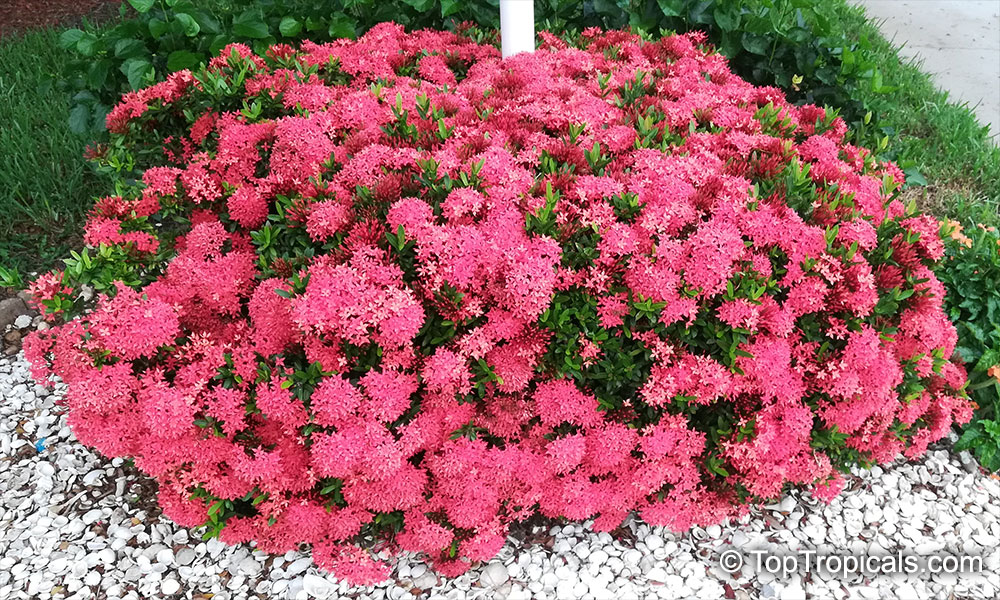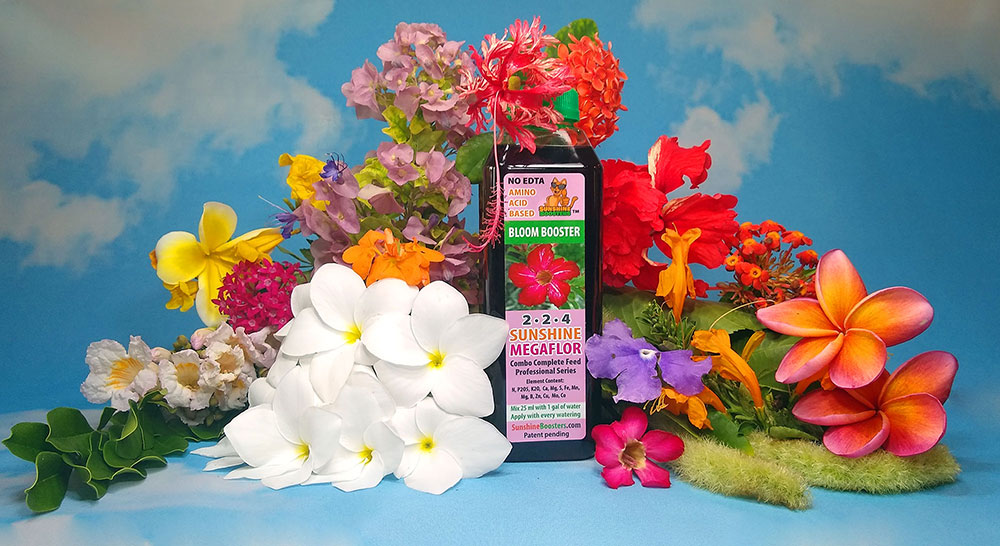Ixora - the Star of Southern Landscapes
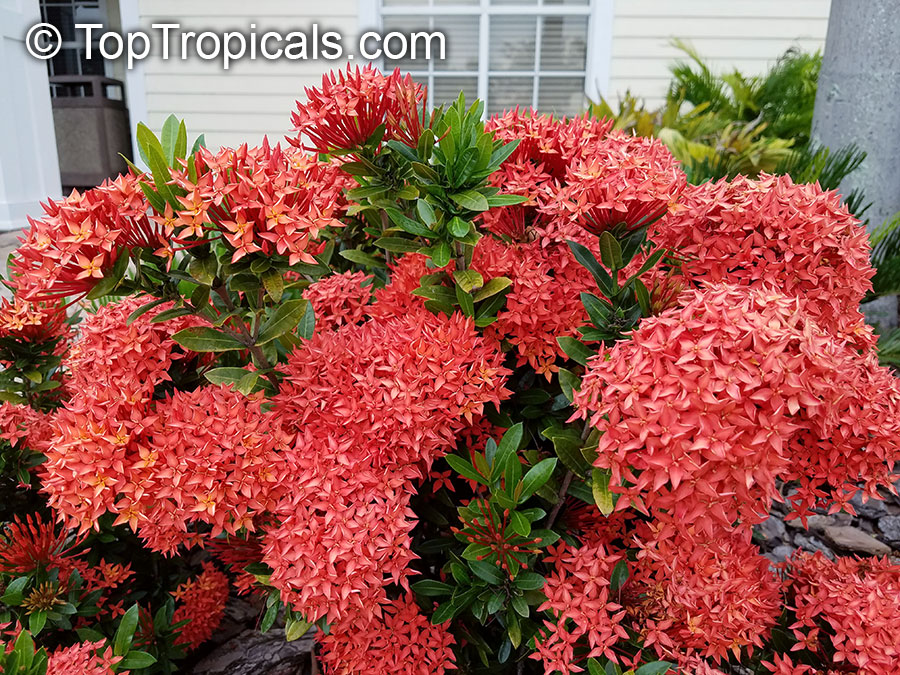
Ixora, widely recognized as the Flame of the Woods, shares its botanical lineage with Gardenia, belonging to the plant family Rubiaceae. In contrast to the predominantly white hues of gardenias, Ixora boasts an expansive color palette, ranging across various vibrant shades. Notably, some varieties of Ixora also offer the added allure of fragrance.
A beloved choice in Southern landscapes, Ixora stands out as one of the most popular shrubs, celebrated for its dazzling and vivid clusters of flowers. Cultivating Ixora can prove to be a fulfilling endeavor, provided one meticulously attends to its specific growing requirements. The plant's ability to thrive in warm climates and its diverse range of colors make it a sought-after addition to gardens, enhancing the visual appeal of any landscape.
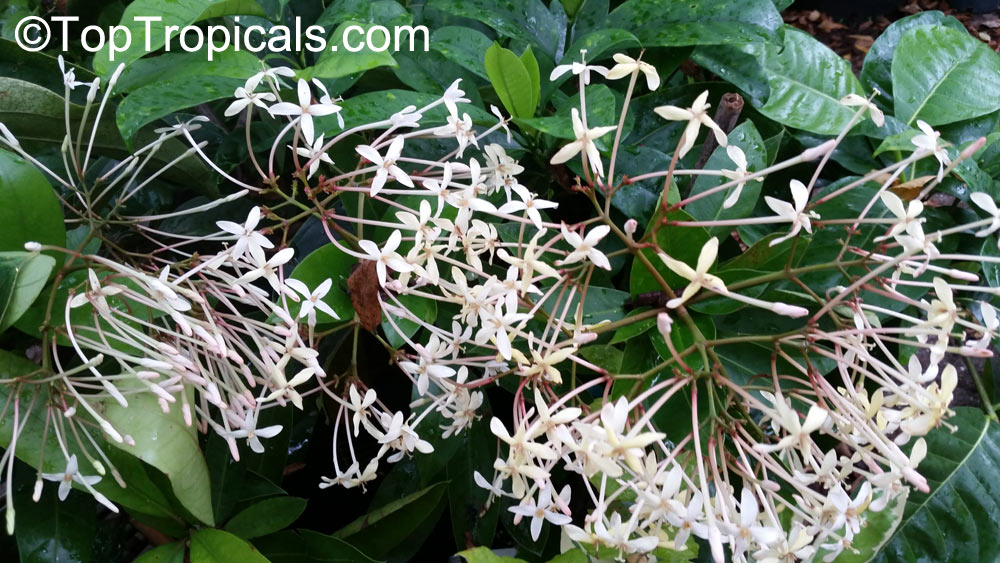
Photo above: Ixora odorata - Fragrant ixora
Ideal Growing Conditions for Ixora
Ixora thrives in warm, tropical climates and prefers well-drained, acidic soil. Optimal growth conditions are achieved when the plant is situated in an area receiving partial to full sunlight, fostering robust growth and prolific flowering.
Remarkably, established Ixora plants demonstrate a noteworthy degree of drought resistance. While maintaining adequate moisture is vital for the health of Ixora, caution must be exercised to prevent waterlogged conditions. Excessive moisture can lead to leaf chlorosis. Striking the right moisture balance ensures the flourishing of this vibrant plant, allowing it to showcase its brilliant colors and lush foliage in a tropical garden setting.
Ixora Colors
One of the captivating features of Ixora is its diverse array of flower colors. The blooms come in shades of red, orange, pink, yellow, white, adding a burst of color to any garden or landscape. The specific color variations depend on the cultivar chosen, allowing for creative and visually appealing garden designs. Some varieties have spectacular variegated leaves that make ixora look even more valuable in garden designs.
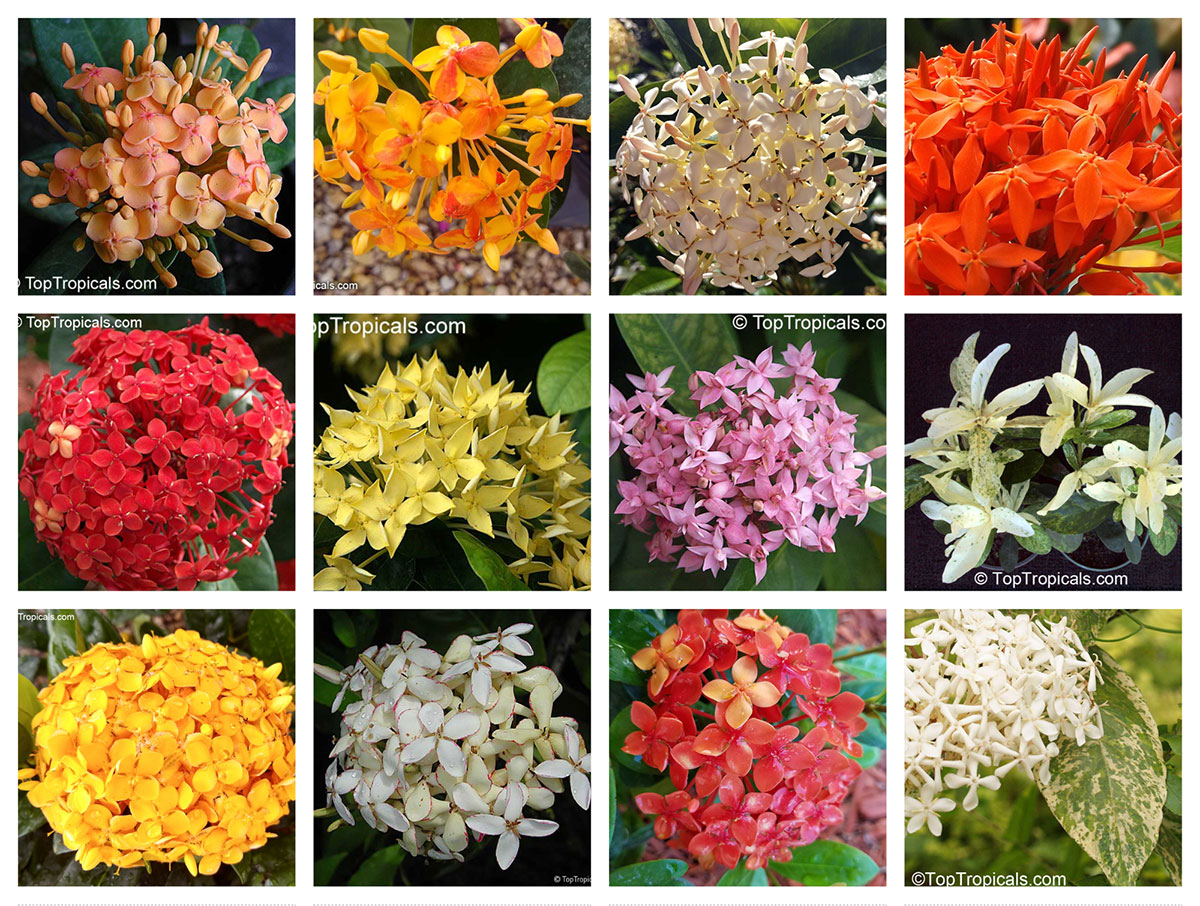
Ixora Growth Rate and Pruning
Ixora is known for its relatively fast growth, especially when provided with optimal conditions. Regular pruning can help maintain a compact and bushy shape, enhance flowering, and remove dead or diseased branches. Pruning is typically done after the flowering season to shape the plant and control its size.

Pruning Technique
Ixora stands out as an excellent hedge plant, owing to its bushy nature and the ability to produce an abundance of flowers on new growth. Additionally, several showy varieties of ixora make for stunning choices as free-growing garden specimens.
Whether you are cultivating a hedge or tending to a single, free-standing ixora plant, regular pruning is essential to prevent branches from becoming leggy and to encourage prolific flowering.
When engaging in the pruning process, it is crucial to employ clean and sharp tools for precise cuts. Focus on the removal of dead or diseased branches, and shape the plant strategically to promote optimal air circulation. This meticulous approach ensures the health and vitality of your ixora, whether it serves as a striking hedge or a captivating standalone feature in your garden.
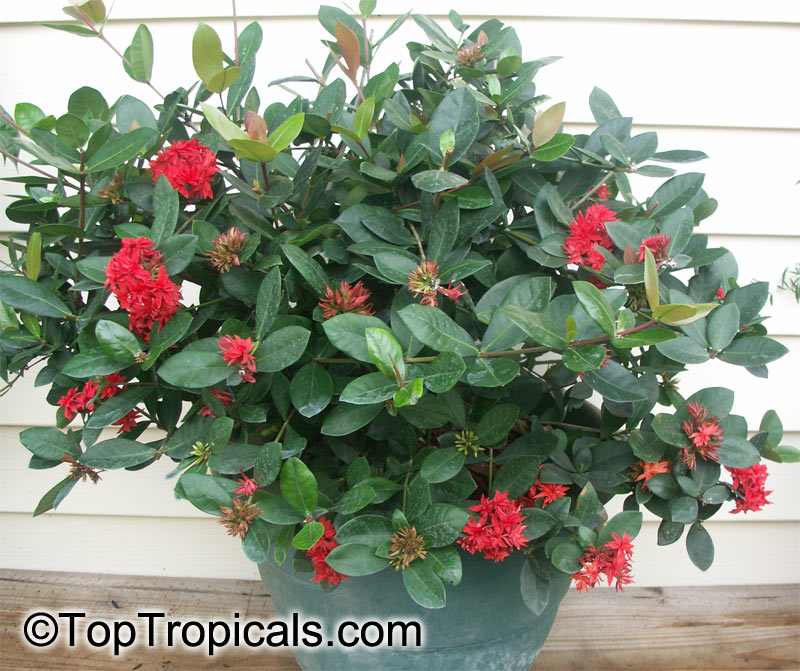
Photo above: Ixora hybrid Crimson Star Crimson Star - Dwarf variety
Top Tips for Happy Ixora Plant
Fertilization
Feed Ixora with a balanced, slow-release fertilizer during the growing season to promote healthy foliage and abundant flowering. Additionaly, incorporate liquid fertilizers like Sunshine Boosters Megaflor year-round to sustain the plant's overall health and vigor.
Should any signs of chlorosis become apparent, a targeted solution lies in the application of Sunshine Superfood. This micro-element complex is specifically designed to address chlorosis, ensuring the leaves remain green and robust. This comprehensive fertilization strategy not only supports the immediate well-being of the Ixora but also contributes to its long-term vitality and visual appeal in the garden.
Mulching
Enhance the well-being of your Ixora by applying a generous layer of mulch around the base of the plant. This serves a triple purpose: it effectively retains moisture, suppresses weed growth, and enriches the soil with essential nutrients.
Moreover, the advantages extend to soil pH regulation; heavy mulching contributes to soil acidification, a feature particularly appreciated by Ixora. Maintaining a slightly lower pH creates an environment conducive to its thriving growth. It is imperative, however, to keep the mulch 1-2 inches away from the plant's growing point to prevent the risk of stem rot.
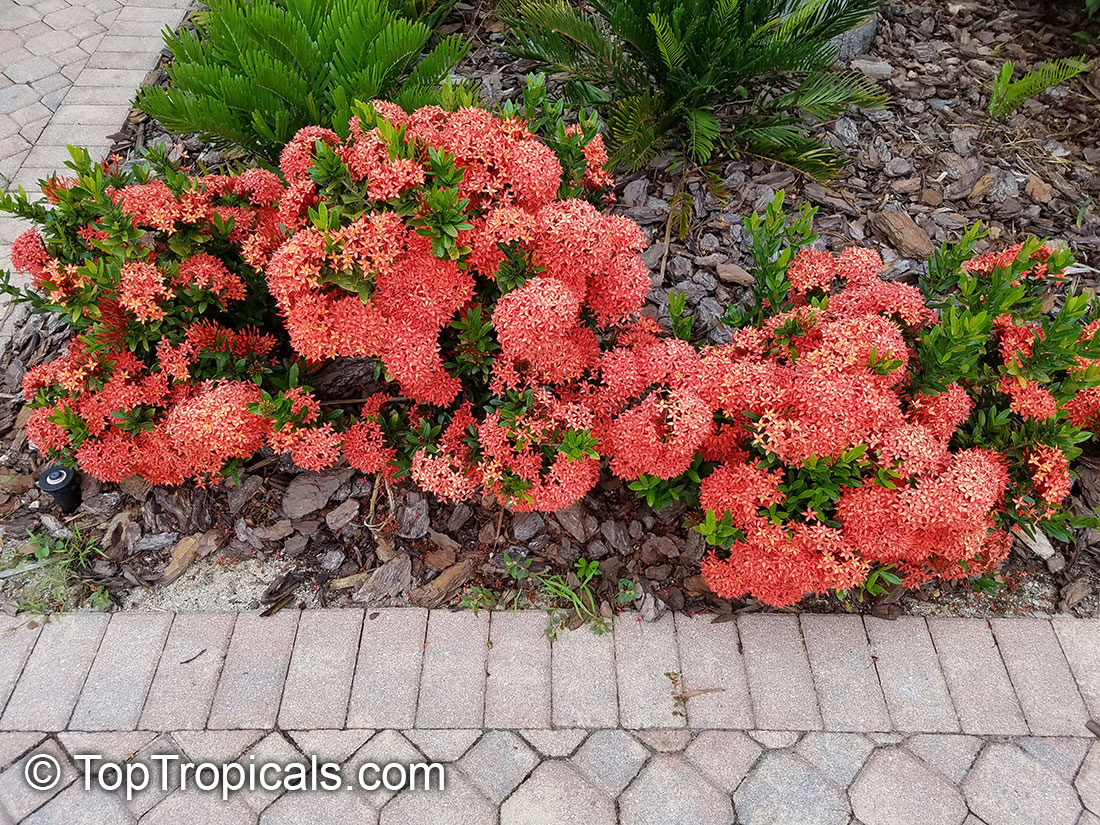
Pest Control
Ixora, highly coveted by many, can occasionally pose a disappointment when confronted by insect infestations, particularly in hot and humid climates or, conversely, during cool winter months when the plant may experience cold stress.
Vigilance against pests, such as aphids and scale insects, is crucial. Swiftly address any infestations using suitable systemic insecticides or natural remedies. It's important to note that the presence of "sooty mold," a sticky substance created by certain insects resembling a layer of soot, is not inherently harmful to the plant's health. Rather, it is a cosmetic defect. However, it serves as a clear indicator of a severe bug infestation, prompting the need for immediate attention and intervention to safeguard the overall well-being of the ixora plant.
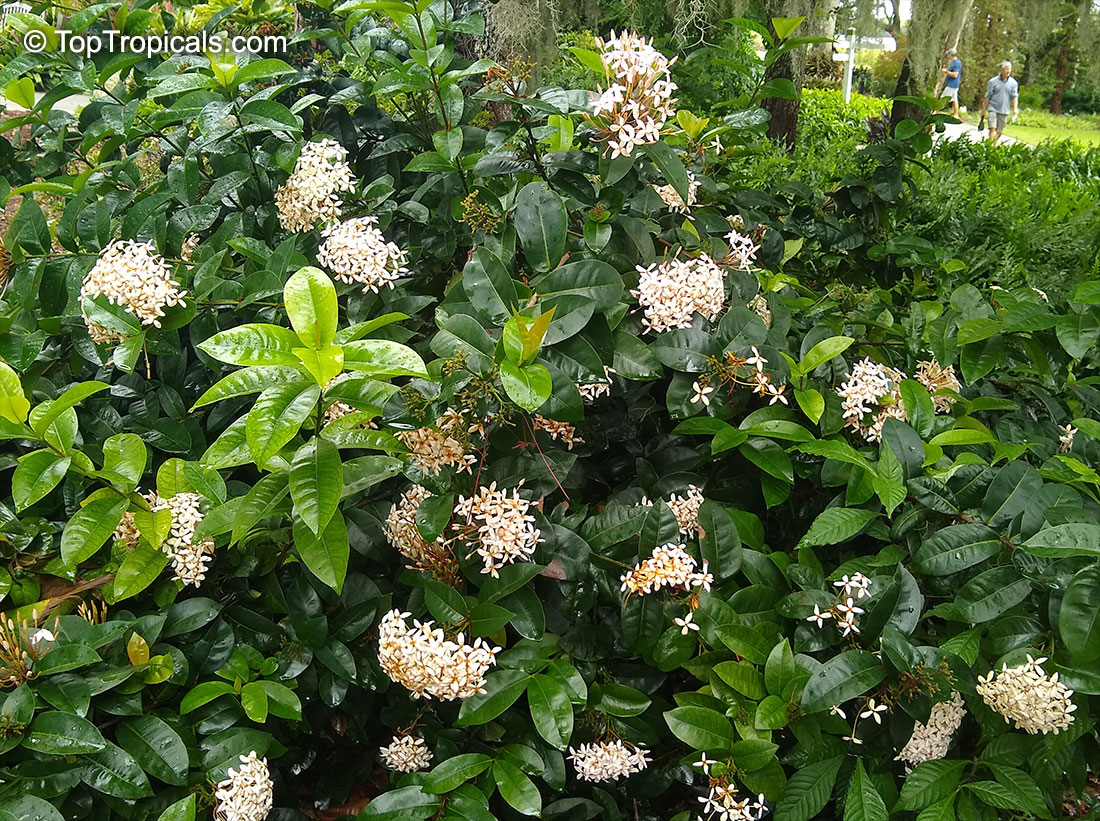
This practices ensure a nourished and balanced environment for your Ixora, fostering its overall health and vitality. By adhering to these guidelines, you can foster the optimal growth and blossoming of your Ixora, transforming your garden into a colorful and vibrant heaven.
